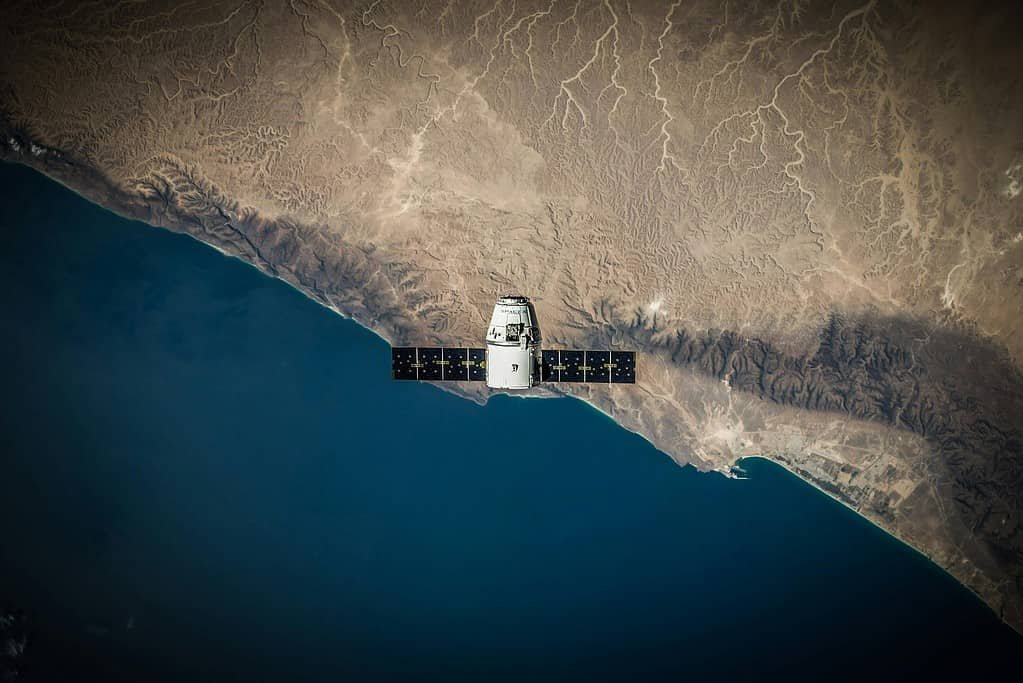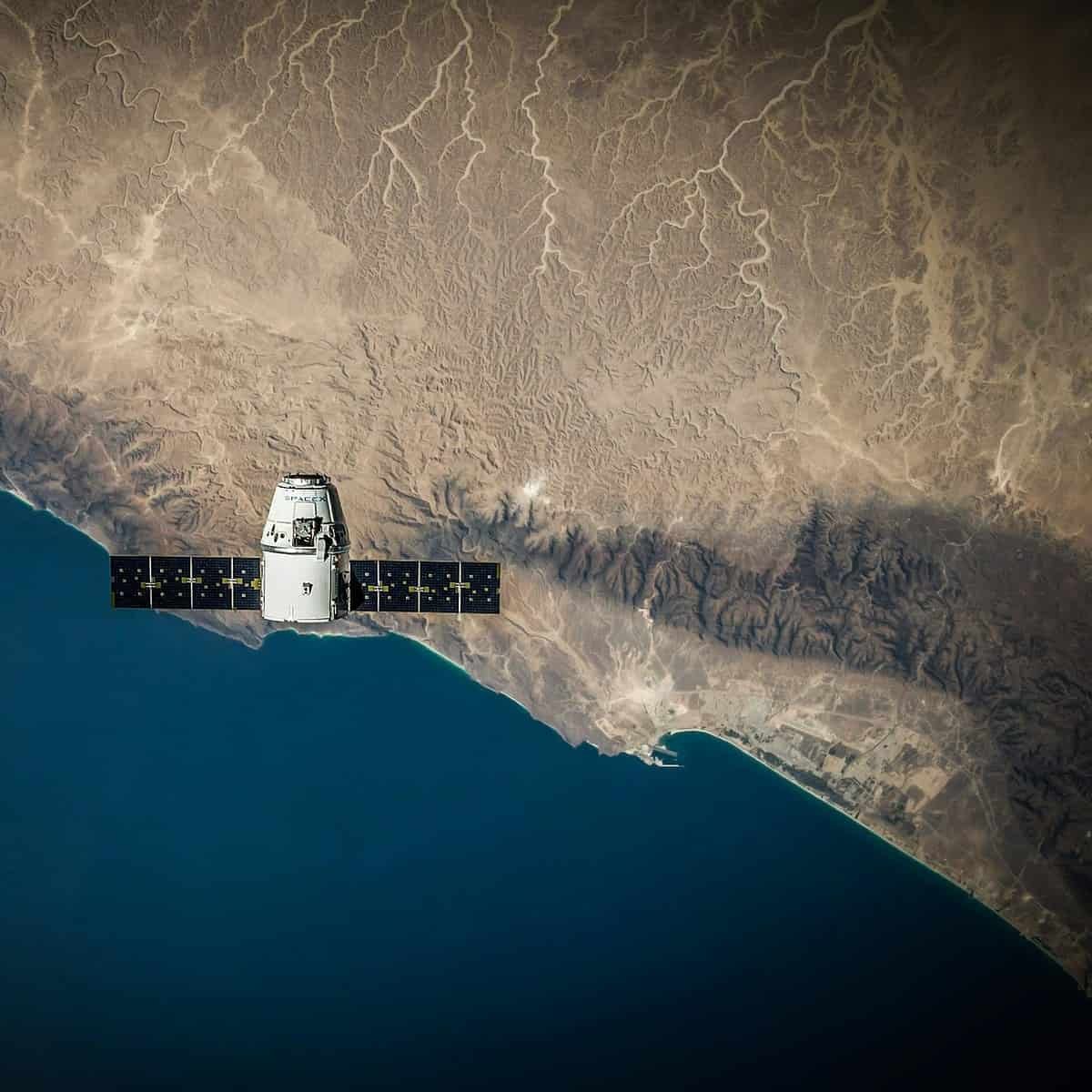The impact of space environment, which are predominantly caused by solar activity, are referred to as space weather. These variations have the potential to have substantial effects on both earth-based technologies and space-based technologies. In addition to disturbances to satellite communications and navigation systems. These repercussions also include disruptions to electrical grids and even human health.
Taking a closer look at the impact that space weather has on Earth and the technology that is based in space, it is as follows:

Geomagnetic Storms: Geomagnetic storms are disturbances in the magnetic field of the Earth that are create by interactions between the solar wind and the magnetosphere of the Earth. These storms have the potential to cause electric currents to flow through power grids and pipelines. Which can result in voltage instability and possible damage to certain pieces of equipment. Storms caused by geomagnetic activity have the potential to damage communication networks and create power outages in extreme circumstances.
Space Environment:
CMEs, or coronal mass ejections, are large eruptions of solar plasma and magnetic fields into space. Solar flares are abrupt releases of energy on the surface of the sun. As CMEs are massive eruptions of solar plasma and magnetic fields into space. These occurrences have the potential to generate high-energy radiation, like gamma rays and X-rays. Which can disrupt satellite communications and present a radiation risk to astronauts and passengers who are travelling at high altitudes.
Disturbances in the Ionospheric Layer Ionospheric disturbances, which include ionospheric storms and scintillation. It has the potential to influence the propagation of radio waves and interfere with communication signals. These disruptions are brought about by fluctuations in the ionisation of the upper atmosphere. Which can be brought about by the activity of the sun.
Space Environment:
Auroras: Auroras, also known as the northern and southern lights, are colourful displays of light in the sky. That are create by the interaction of charge particles, which originate from the Sun, with the atmosphere of the Earth. Additionally, auroras have the potential to damage navigation systems like GPS and interfere with radio signals. It despite the fact that they are visually stunning.
Anomalies Struck by Spacecraft Both satellites and spacecraft are susceptible to the impacts of space weather. As an illustration, charged particles resulting from solar flares have the potential to create malfunctions in electronic components, and geomagnetic storms have the capability to impair satellite operations and communication links. On account of space Environment proximity to the atmosphere of the Earth, spacecraft that are in low Earth orbit (LEO) are more likely to be affect by these impacts.
The radiation levels that astronauts are subject to in space are significantly higher than those. That they are exposed to on Earth, particularly during times of elevated solar activity. Because of this, there is a potential for adverse health effects. Such as an increased chance of developing cancer and damage to the central nervous system. Shielding and monitoring radiation exposure are two examples of the protective measures that are required to reduce the likelihood of these risks occurring.
Additionally:
space weather can have an effect on aviation, particularly during high-altitude operations and flights that take place in the polar regions. Alterations in the magnetic field of the Earth have the potential to influence compass readings and navigation systems. Additionally, radiation from solar flares can be a potential threat to passengers and crew members on long-distance transport aircraft.
In conclusion:
space weather has the potential to have a variety of repercussions on technology that is based on Earth and space, such as interruptions to communication networks, power grids, and navigation systems. As our reliance on technology that is based in space continues to increase. It is becoming increasingly necessary to comprehend and keep track of space weather in order to guarantee the security and dependability of these systems.
Without a doubt:
The following is a list of other consequences that space weather has on Earth and technology that are located in space:
Satellite Communications:
Ionospheric disturbances and geomagnetic storms have the potential to impair radio wave transmission. Which in turn can lead to signal deterioration or interruptions. This can have an impact on satellite communications. This has the potential to have an effect on a wide variety of applications, such as satellite television, internet services, and satellite phone networks.
Space weather has the potential to influence Global Navigation Satellite Systems (GNSS), which include Galileo, GPS, and GLONASS, among others. Ionospheric disturbances have the potential to result in mistakes in satellite positioning and timing signals, which can therefore lead to inaccuracies in applications that use navigation and timing. This has the potential to have an effect on a comprehensive variety of industries, including agriculture, transportation, and emergency services.
Spacecraft and Satellite Operations: Spacecraft and satellite operations can be negatively impact by geomagnetic storms and radiation from solar flares. These phenomena can destroy electronic components, communication links, and onboard systems. This has the potential to cause spacecraft and satellites to experience either temporary failures or permanent damage, which can have a negative impact on scientific missions, Earth observation, and telecommunications.
Charged particles from the solar wind and radiation belts have the potential to cause the surfaces of spacecraft to become charged and erode over time. This phenomenon is known as spacecraft charging and surface erosion simultaneously. Solar panels, temperature control systems, and other external components may experience deterioration as a result of this. It is require to take protective precautions. Such as protecting the spacecraft and selecting materials, in order to reduce the impact of these impacts.
Human spaceflight:
Astronauts on long-duration missions. Such as those on the International Space Station (ISS) or future missions to the Moon or Mars. They are expose to threats that are pose by space weather. Solar flares and radiation storms can raise the risk of radiation exposure. Which can result in both immediate and long-term adverse impacts on one’s health status. In order to guarantee the safety of astronauts. It is essential to implement protective measures like shielding and controlling radiation exposure.
Study and Development:
It is vital to do studies on space weather in order to get an understanding of the influence that space weather has on Earth and space-based technologies, as well as to create techniques to alleviate the consequences of space weather. Among these are the creation of forecasting models, monitoring systems, and preventive measures with the purpose of protecting vital assets and infrastructure.
The disruption of communication networks, navigation systems, and satellite operations. That might occur as a result of space. Weather can have a significant influence on the economy on a global scale. Downtime in satellite services, for instance, can cause enterprises to incur financial losses and can also have an impact on the delivery of services such as television, telecommunications, and weather forecasting.
In conclusion:
space weather has the potential to have a wide range of effects on technology that is based on Earth and space. It includes disruptions to satellite communications, navigation systems, and the functioning of spacecraft. As our reliance on these technologies continues to increase, it is becoming increasingly necessary to comprehend and supervise them. The weather in space to guarantee the dependability and safety of these space Environment technologies.
Next Related Article: investigate-the-potential-for-manufacturing-goods-in-space

